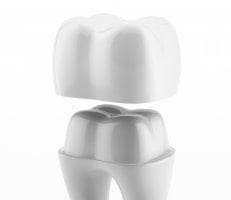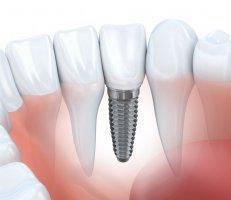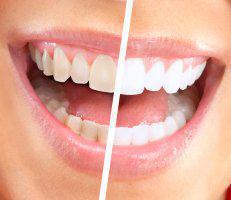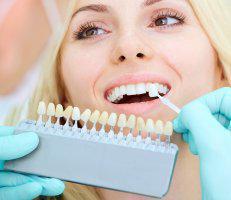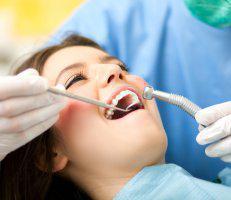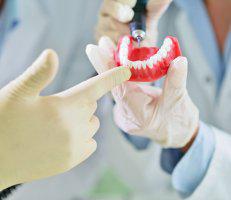Malocclusion of Teeth
Malocclusion means the teeth are not aligned properly.
Causes
Occlusion refers to the alignment of teeth and the way that the upper and lower teeth fit together (bite). Ideally, all upper teeth fit slightly over the lower teeth. The points of the molars fit the grooves of the opposite molar.
The upper teeth keep the cheeks and lips from being bitten and the lower teeth protect the tongue.
Malocclusion is most often hereditary, which means the condition is passed down through families. There may be a difference between the size of the upper and lower jaws or between jaw and tooth size, resulting in overcrowding of teeth or in abnormal bite patterns.
Variations in size or structure of either jaw may affect its shape, as can birth defects such as cleft lip and palate. Other causes of malocclusion include:
- Childhood habits such as thumb sucking, tongue thrusting, pacifier use beyond age 3, and prolonged use of a bottle
- Extra teeth, lost teeth, impacted teeth, or abnormally shaped teeth
- Ill-fitting dental fillings, crowns, appliances, retainers, or braces
- Misalignment of jaw fractures after a severe injury
- Tumors of the mouth and jaw
There are different categories of malocclusion.
- Class 1 malocclusion is the most common. The bite is normal, but the upper teeth slightly overlap the lower teeth.
- Class 2 malocclusion, called retrognathism or overbite, occurs when the upper jaw and teeth severely overlap the bottom jaw and teeth.
- Class 3 malocclusion, called prognathism or underbite, occurs when the lower jaw protrudes or juts forward, causing the lower jaw and teeth to overlap the upper jaw and teeth
Symptoms
- Abnormal alignment of teeth
- Abnormal appearance of the face
- Difficulty or discomfort when biting or chewing
- Speech difficulties (rare) including lisp
- Mouth breathing (breathing through the mouth without closing the lips)
Exams and Tests
Most problems with teeth alignment are discovered by a dentist during a routine exam. The dentist may pull your cheek outward and ask you to bite down to check how well your back teeth come together. If there is any problem, the dentist will usually refer you to an orthodontist for diagnosis and treatment. Dental x-rays, head or skull x-rays or facial x-rays may be required. Plaster or plastic molds of the teeth are often needed.
Crowns
Crowns are caps that restore your tooth function and appearance. When you have a root canal procedure, a cracked tooth, a loose filling, or other types of damage, a crown is usually the ideal restoration. At the office of Allan D.
Dental Implants
Dental implants are the most efficient way to replace missing teeth today. There are two components of dental implants: a titanium post that goes in your jaw and a custom crown that screws into the post.
Teeth Whitening
In-office teeth whitening is the fastest way to get the smile you want. Before getting started, Dr. Schulman uses a cheek and lip retractor to expose your teeth and places small goggles over your eyes.
Emergency Dentistry
Emergency dentistry includes urgent care for all types of sudden damage to your teeth, gums, and other tissues in your mouth. When you experience sudden mouth damage, you need care immediately.
Pediatric Dentistry
Arrange your child’s first visit to the dentist when they get their first tooth, or when they’re 12 months old, whichever comes first. You can stay with your child during the exam — they can even sit on your lap.
Veneers
A veneer is a thin porcelain or resin composite sheet that's custom-sized to fit the front of your tooth. Veneers match the color of the teeth around them so they look natural. Dr. Schulman bonds the veneers to your teeth, so they’re very sturdy. Typically, veneers last about 10-15 years.
Fillings
Amalgam fillings are an alloy containing elemental mercury, silver, tin, copper, and other metals. Although mercury can be harmful alone, the other ingredients stabilize the mercury and make it safe and effective for fillings.
Dentures
Dentures replace lost teeth. They're made using acrylic resin or a combination of acrylic resin and various metals for strength.
All-On-4 Dental Implants
All-on-4 is a hybrid of dental implants and dentures. It’s ideal for replacing an entire arch (top or bottom), or for full-mouth tooth replacement.

